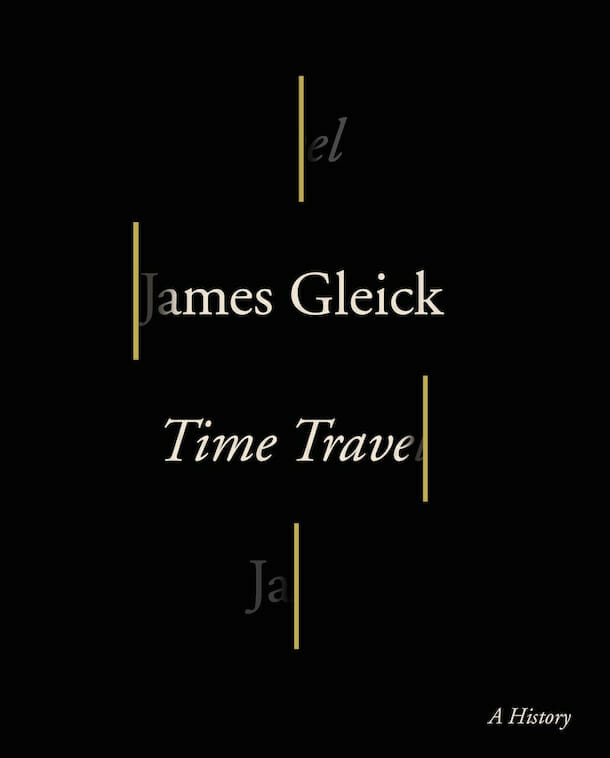
Books
Review of James Gleick’s ‘Time Travel: A History’
Who, from the fierce science fiction fan to the existential philosopher, hasn’t wondered about the various scenarios, paradoxes, and conceits of time travel? It has seeped into our minds so much through cultural osmosis that it barely needs to be described or qualified. We all, for the most part, understand what “time travel” is. It has inspired movies and television shows as varied as Back to the Future and Doctor Who. From H. G. Wells to Outlander, Kurt Vonnegut to Philip K. Dick, Ray Bradbury to Bill & Ted, time travel is so embedded in our culture that we take for granted just what a modern creation it is.
James Gleick’s book, Time Travel: A History, attempts to rectify this by focusing on the circumstances and historical context that inspired the creation of this most imaginative and pervasive concept. Gleick argues that time travel as a concept started with the publication of The Time Machine by H. G. Wells in 1895. He argues that, while ancient myths had stories of immortality or fountains of youth, time travel emerged from Wells’ popular tale only because Wells himself was inspired by the developments of science and technology that were occurring in the mid-to-late 19th century. Improvement in technologies such as clocks, telegraphs, and steam engines all allowed different thinking about time, as well as people’s relationship to it, as a shift began to take place towards an ever more connected world.
As the book progresses, Gleick brings up how new theories of physics that emerged in the early 20th century, most notably special relativity discovered by Albert Einstein, amplified the intersection between scientific discovery and creative inspiration. It also includes a chapter on the history of time capsules, the evolution of that phenomenon, and their purpose in preserving the present for the intended purpose of eventually being opened in the future.

The thing I most admired about this book was how Gleick cites and references many various writers, scientists, and philosophers to point out that these new developments with how people perceived time throughout the 19th and 20th centuries was not merely limited to the creative or scientific fields. Rather, the rising tide of thinking about time in more complex ways lifted all sorts of ships in both the art and scientific communities.
Stories that are prominent and popular examples of time travel-related science fiction, including novels like Wells’ The Time Machine and Kurt Vonnegut’s Slaughterhouse-Five, or movies like Bill & Ted’s Excellent Adventure, are given just as much as attention as lesser-known works in the canon of time travel stories. These include short stories by Robert A. Heinlein, most well-known as the author of Starship Troopers, including one called “By His Bootstraps” which is considered one of the most influential time travel stories in the genre. Everyone from Jorge Luis Borges to Tom Stoppard are referenced as artists who have left a unique fingerprint on the history of time travel fiction
However, despite these praises, Gleick’s argument about the intersection between scientific discovery and art starts to dissipate towards the final third of the book. Some chapters, such as the penultimate one, entitled “What is Time?” less resembles a history of a subgenre within the greater science fiction canon and more resembles a heavy philosophic dissertation. Certainly, time travel is a concept that philosophers have tried to grasp and theorize about ever since its invention.
But in a book that promises to give a complete history of the real-life science behind it and the art that it inspired, so much grandiose philosophizing about the nature of time does not strike me to be in keeping with the book’s message or overall purpose.
Nevertheless, Time Travel: A History is a compelling read for fans of the genre, as well as those interested in something that dabbles in the real-life science behind this compelling concept. The book is strongest when talking about how science inspired creative people like Wells to craft the stories that would become the standard time travel stories, adapted and retold countless times in the mediums of literature, film, television, music, and theatre. While Gleick’s argument and focus on this intersection falls apart towards the final part of the book, only to be replaced with overt philosophizing about the nature of time itself, it is nevertheless a stimulating read, that is simultaneously thoroughly researched and compelling.

